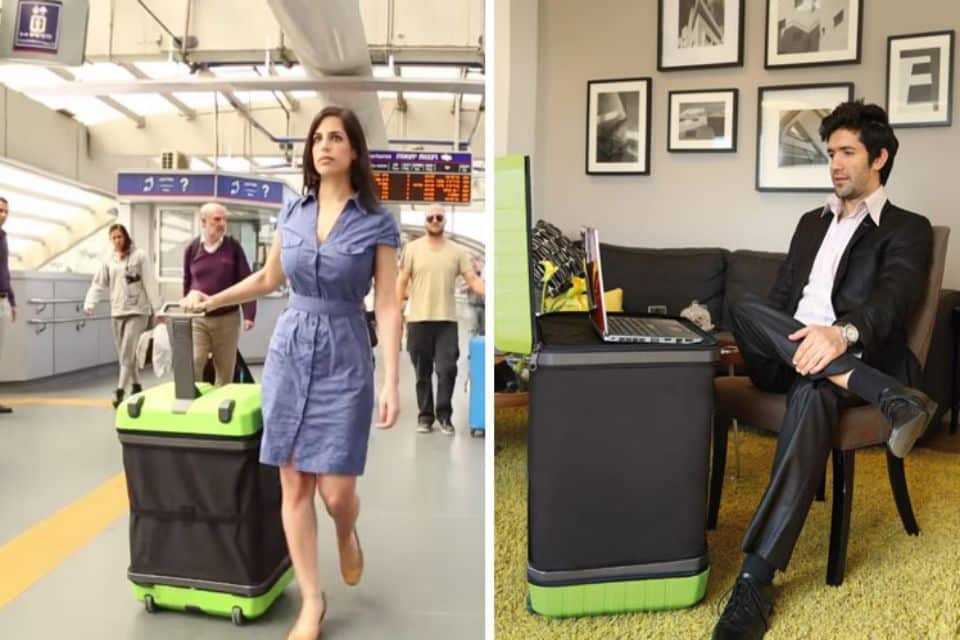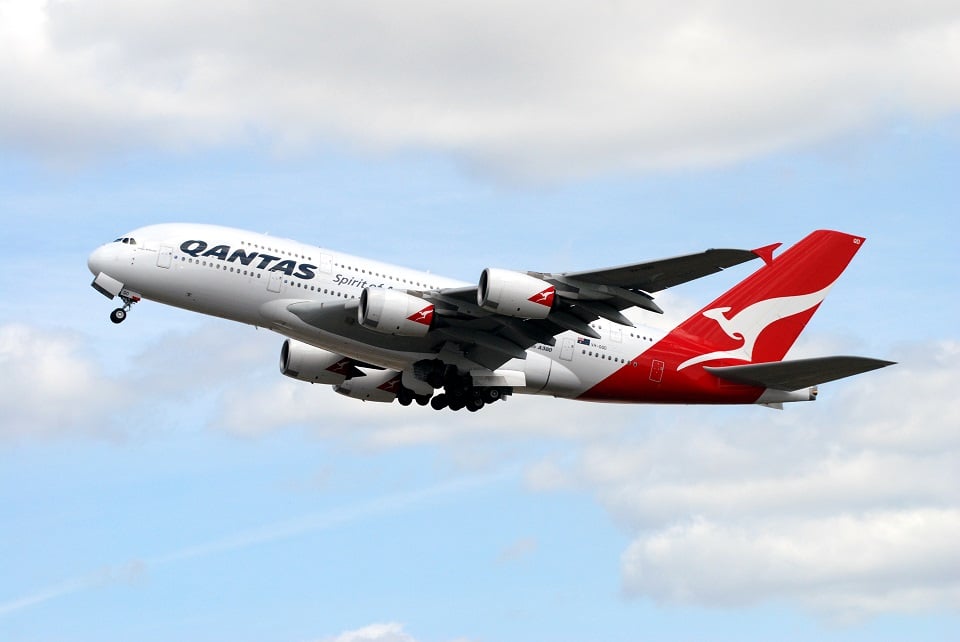Aviation
Hawaiian, Cathay Pacific and Cathay Dragon Airline to introduce new ‘smart bag’ policy

Cathay Pacific :
Effective 1 January 2018, smart bags with non-removable lithium batteries will not be accepted as
cabin or checked baggage
Cathay Pacific and Cathay Dragon will be introducing new policies surrounding the carriage of ‘smart bags’, which are a new type of innovative luggage featuring integrated lithium batteries for the purpose of charging an external device or to provide power to the wheels of the bag.
Smart bags will not be considered a portable electronic device (PED); their batteries will be handled as a power bank or spare lithium battery. The new policy follows industry guidance recently issued by the International Air Transport Association (IATA) and aligns with similar practices adopted by major airlines worldwide for safety management and risk mitigation.
Checked baggage
Effective 1 January 2018, customers who travel with a smart bag must be able to
remove the battery in case the bag has to be checked-in at any point during the
customer’s journey. The passenger must carry the removed lithium battery in their
cabin baggage and it will be treated in accordance with existing spare lithium battery
requirements.

Cabin baggage
If the customer would like to take the smart bag as cabin baggage, the battery must
be removable and should remain installed inside the bag.
If the battery cannot be removed, the bag will not be permitted for carriage as
checked or cabin baggage.
Our Airport teams will be happy to assist customers with any queries they may have
concerning smart bags.
Hawaiian Airlines
– Hawaiian Airlines today announced it will no longer accept smart bags containing non-removable
lithium ion batteries as checked or carry-on luggage beginning Jan. 15. These batteries have been known to short-
circuit, posing a safety risk for airlines.
Smart bags featuring removable batteries may be carried on and stored in the overhead bin as long as they remain
turned off for the duration of the flight in accordance with Federal Aviation Administration (FAA) Regulations regardinglithium ion batteries. Passengers may check a smart bag if its battery has been removed. The detached battery, which must be carried in the cabin, will need to have its terminals isolated to prevent a short circuit.

According to the International Air Transport Association (IATA), a smart bag may include features such as:
• Lithium ion battery and motor allowing it to be used as a personal transportation device, either as a stand-up
scooter, or sit on vehicle. These devices do not meet the criteria of a mobility device.
• Lithium ion battery power bank that allows charging of other electronic devices such as mobile phones,
tablets and laptops.

• GPS tracking devices with or without GSM capability.
• Bluetooth, Radio-Frequency Identification (RFID) and Wi-Fi capability.
• Electronic baggage tags.
• Electronic lock(s).
• Lithium ion battery, motor and tracking device (GPS) allowing the bag to self-propel and ‘follow’ the owner.

Aviation
Lost Tool Found in Qantas A380 After 34 Flights

An Australian Transportation Safety Bureau (ATSB) investigation recently revealed that a Qantas A380 operated 34 flights with a 1.25-meter nylon tool lodged in one of its engines.
This turning tool, used during borescope inspections to rotate the intermediate-pressure compressor, was left behind during scheduled maintenance at Los Angeles on December 6, 2023. It remained inside the engine until it was discovered by maintenance staff during a subsequent check at Los Angeles on January 1, 2024.
China Takes the Lead in Sixth-Generation Fighters with White Emperor B
The ATSB report highlights two critical lapses. First, maintenance engineers failed to notice the tool during final checks for foreign objects after the borescope inspection. Second, the lost tool procedure was not activated when the tool was identified as missing.
The certifying engineer ultimately cleared the aircraft for service without accounting for the misplaced tool. During the time qantas films the tool was inside, the A380 completed 34 flight cycles, accumulating nearly 294 hours without any noticeable effect on engine performance.
Although the tool was deformed by high-energy airflow within the engine, there was no reported damage to the engine itself. ATSB Chief Commissioner Angus Mitchell commented.
India’s C-295 to Gain Advanced Weapons for Maritime Surveillance
“This incident underscores the importance of following established maintenance protocols. Engineers missed the tool during foreign object checks, and the required lost tool procedure wasn’t started after realizing the tool was missing.”
Following the investigation, the airline issued a safety directive, urging all engineering and tool storage teams to adhere strictly to these protocols to prevent similar incidents in the future.
A qantas spokesperson stated, “While the tool didn’t impact engine performance, we take this incident very seriously. It is critical to follow the correct lost tool procedures.”
-

 Aviation2 months ago
Aviation2 months agoBoeing confirms 797: A New Era for Mid-Size Aircraft
-

 Aviation2 months ago
Aviation2 months agoMicrosoft Flight Simulator Raises $3 Million to Bring Back the An-225 Mriya
-

 Aviation2 months ago
Aviation2 months agoLockheed and Tata Team Up to Build C-130J MRO Facility in India
-

 Airlines2 months ago
Airlines2 months agoQantas Engineers Stage Walkout Over Cost of Living Concerns
-

 Airlines2 months ago
Airlines2 months agoQatar Citizens Can Travel to the United States Without a Visa
-

 Aviation2 months ago
Aviation2 months agoBoeing Offers 25% Pay Increase & Promise to Build Next Plane in Seattle
-

 Aviation2 months ago
Aviation2 months agoQatar Airways bans these new Electronic Devices on plane
-

 Airlines2 months ago
Airlines2 months agoEmirates Ends 28-Year Singapore-Melbourne Fifth Freedom Route








